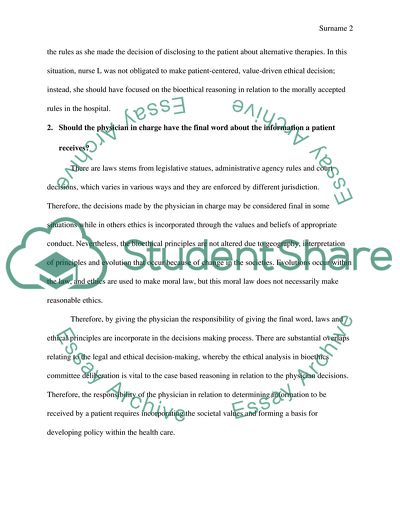Cite this document
(“Patient, Who is Dying of Leukemia Essay Example | Topics and Well Written Essays - 1250 words - 15”, n.d.)
Retrieved from https://studentshare.org/philosophy/1605945-case-study
Retrieved from https://studentshare.org/philosophy/1605945-case-study
(Patient, Who Is Dying of Leukemia Essay Example | Topics and Well Written Essays - 1250 Words - 15)
https://studentshare.org/philosophy/1605945-case-study.
https://studentshare.org/philosophy/1605945-case-study.
“Patient, Who Is Dying of Leukemia Essay Example | Topics and Well Written Essays - 1250 Words - 15”, n.d. https://studentshare.org/philosophy/1605945-case-study.


